The Ogasawara Islands by Don Silcock
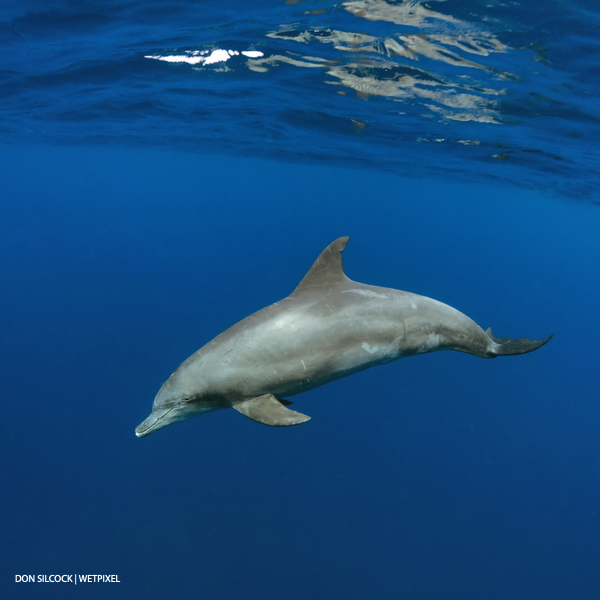
The Ogasawara Islands – Diving Japan’s Galapagos
By Don Silcock
The Ogasawara archipelago is often referred to as the Oriental Galapagos and is located in the north-west Pacific Ocean, about 1000km south of Tokyo - one of the most isolated and remote parts of Japan.
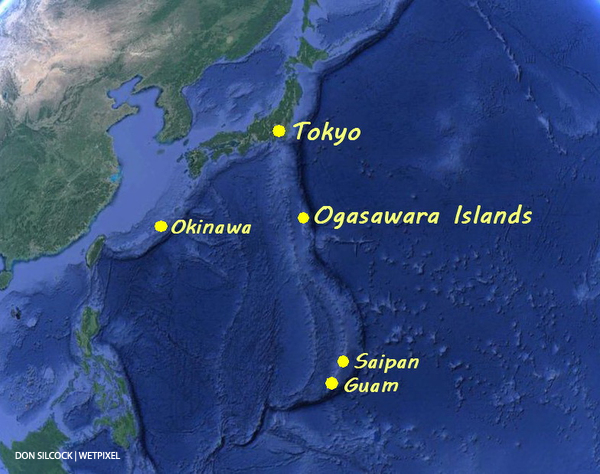
Despite their distance from Tokyo, the 30+ Ogasawara Islands are administered from the Japanese capital. The only way to get there is also from Tokyo - on the weekly ferry service as there are no airports on the archipelago!
The island’s isolation, together with the fact that they have never been connected to a continent, is said to have produced a “Galapagos effect” with flora and fauna that is unique to the islands. Plus, because the archipelago is one of very few significant land masses in the north-west of the Pacific, means that they provide a much-needed safe refuge for many endangered species.

Volcanic in nature, visually the islands are remarkable – rising quite spectacularly out of the surrounding deep waters and oceanic trenches.
The Ogasawaras are on a similar geographical latitude to the more well-known Okinawa Islands and share the same subtropical climate, with warm temperatures all year-round. Similarly, the reefs around the islands are rich in coral and fish, but it is the larger creatures of the underwater world that persuaded me to make that long journey. For every year the archipelago is visited by northern humpback whales and has a resident population of sperm whales!
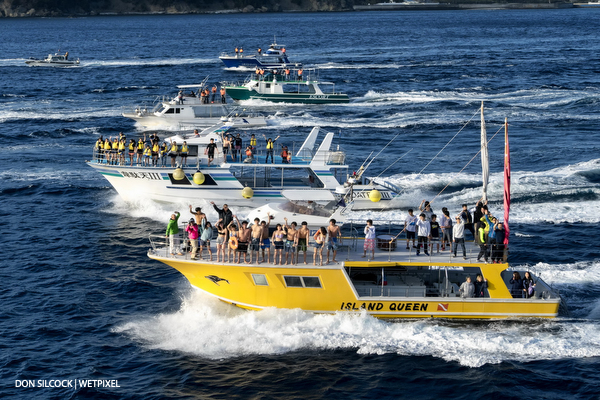
Getting There
Simply traveling to the Ogasawara Islands is an adventure – one that will quickly immerse you in an interesting mix of Japanese culture, protocol, and the country’s amazing infrastructure.
My journey involved getting from Bali to Tokyo’s Haneda airport, which is built on reclaimed land in Tokyo Bay – so effectively “downtown” as opposed to Narita, which is 40km outside of the city.
The Ogasawara weekly ferry departs from Takeshiba pier, in the harbor area close to Tokyo Bay. Which means using the excellent, if initially mind-boggling, Tokyo rail system to get between the two.
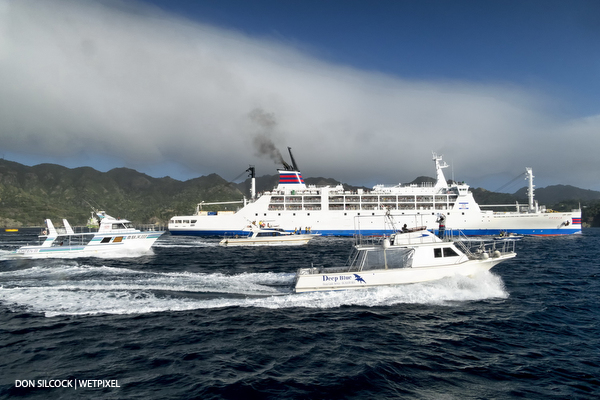
Boarding the actual ferry, the Ogawasara Maru is done with true Japanese courtesy and efficiency, but you quickly realize that foreigners are few and far between on this journey… The ship itself is excellent with restaurants and vending machines for everything you might require for the 24 hours it takes to get to Futami port on the main island of Chichijima.
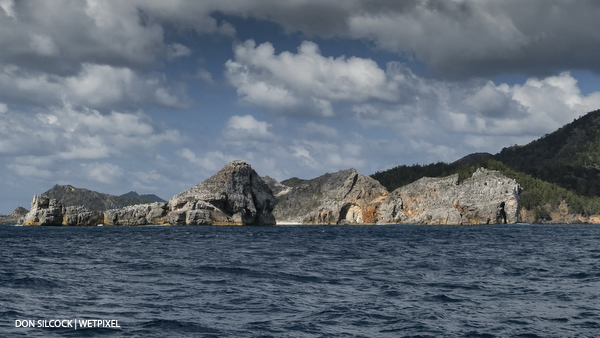
Overall it is an exciting and immersive journey with the hardest part being getting your diving and photographic equipment from Haneda to Takeshiba pier!
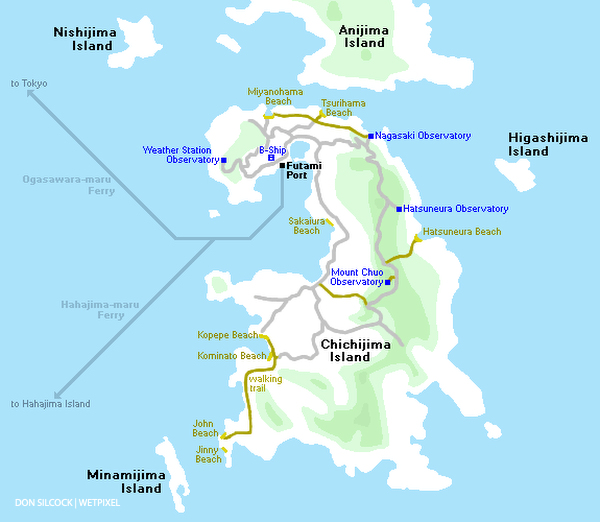
Underwater
The reef systems around the main island of Chichijima are generally in excellent condition with healthy hard coral growth.
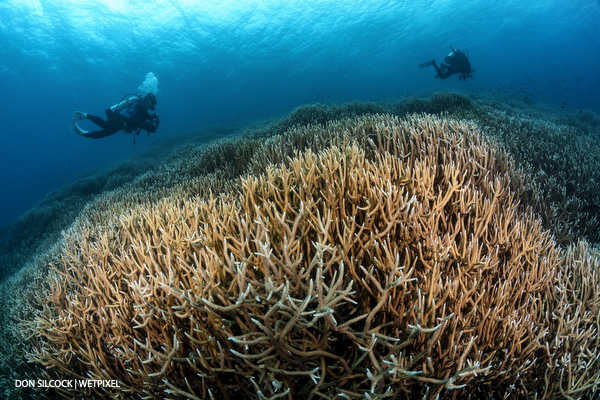
Plus, a wide variety of tropical reef fish, including the wrought-iron butterflyfish (Chaetodon daedalma) – a species native to southern Japan and relatively common around the Ogasawara Islands.
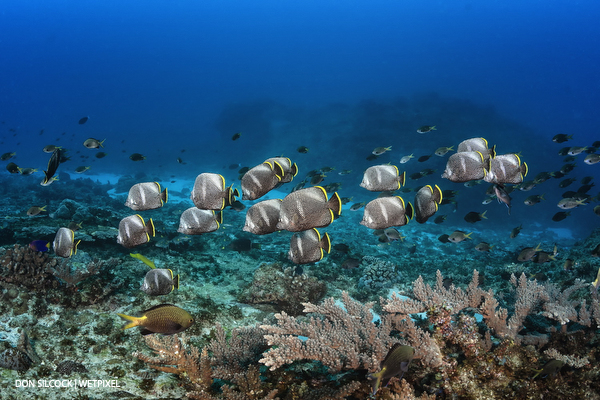
There is also a healthy population of sand-tiger sharks that congregate in Futami port around a wreck on the eastern side of the large bay at the entrance to the main harbor.
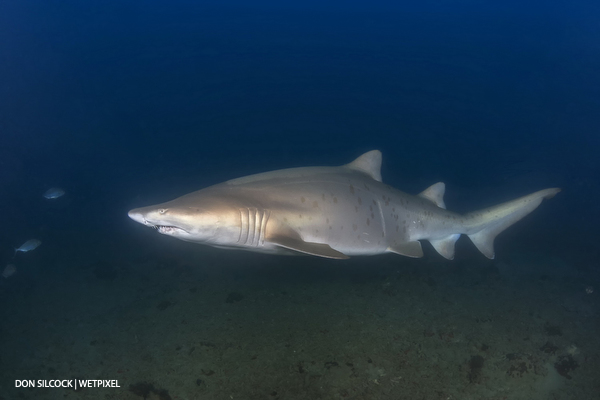

Interestingly, the sand tigers enter the main harbor at night to hunt and can easily be seen in the lights from the pontoons.
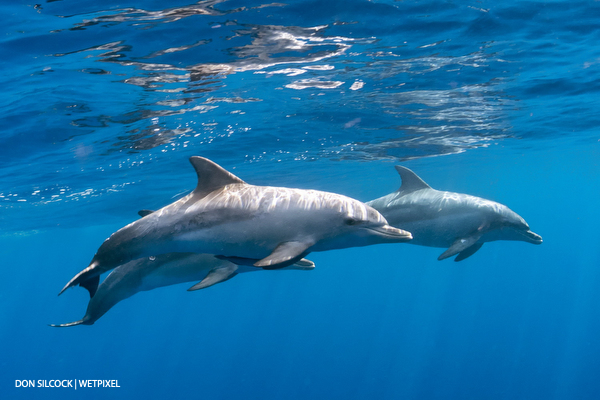
Overall the diving around Chichijima is enjoyable, but not spectacular – until the local stars of the show make an appearance.
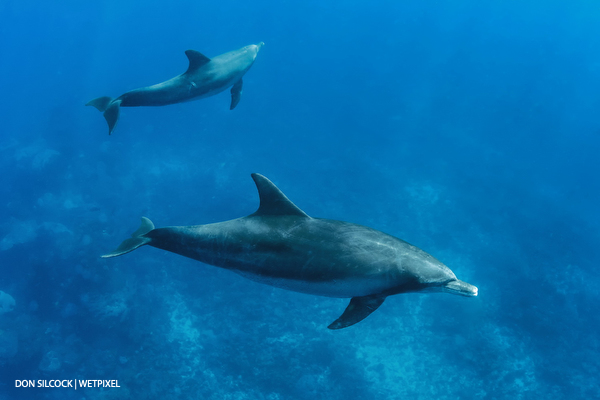
For there is a significant population of both spinner and bottlenose dolphins in and around Chichijima, so there is a strong possibility of an underwater encounter with a pod of these beautiful creatures.

The Whales
Northern hemisphere humpback whales visit the Ogasawara Islands between February and April each year. They are a common sight around Chichijima and a major tourist attraction.
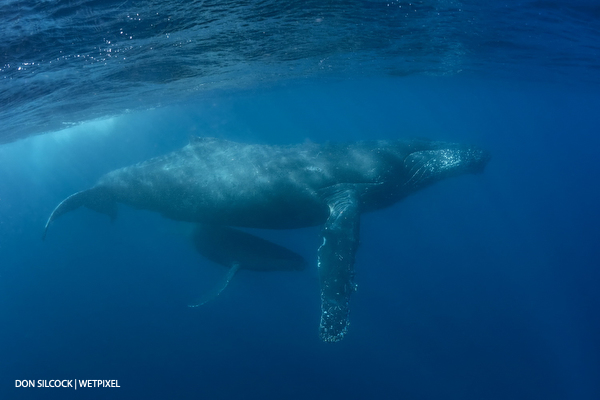
But… in-water encounters are not allowed as such, with a mandatory exclusion zone of 100m around any humpback whale. However, if you are in the water and the whale swims towards you, then the encounter happens on their terms, and all is well in the world!
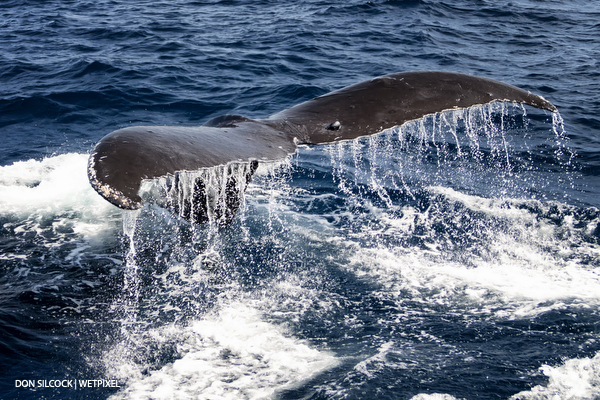
The archipelago has a resident population of sperm whales; however, they are typically only seen in August and September when the weather is at its best, and the seas are calm. And they rarely come into the coastal waters around either Chichijima or Hahajima.
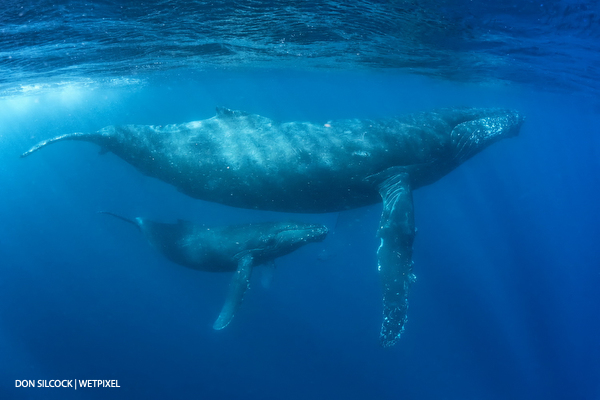
Instead, they prefer the deep waters some 10 km off the coast of Tatsumizaki Island to the southeast of Chichijima. In-water encounters with the sperm whales are also not allowed, and a 50 m exclusion zone applies, but again if they swim towards you that is also OK…
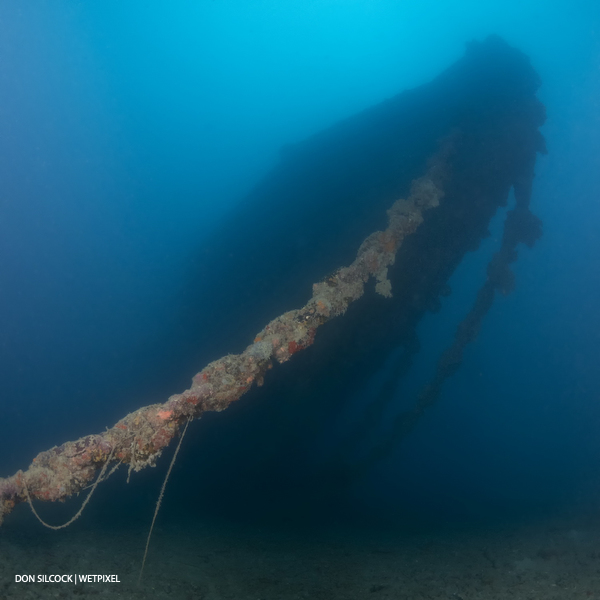
The general area around the archipelago was known as the “Japan grounds” during the early 19th century when whaling was at its peak. And because Japan was closed to foreigners at that time, the Ogasawara Islands was used as safe harbors to replenish supplies.
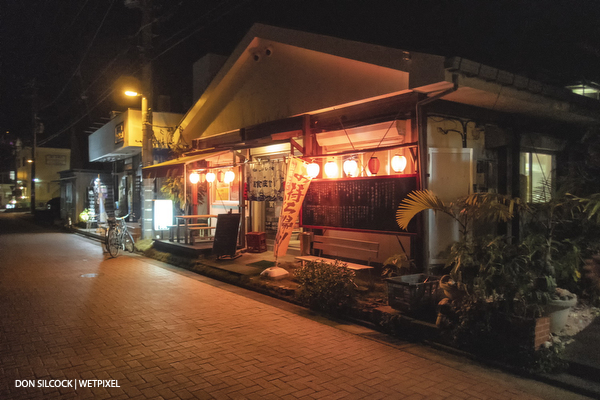
Immersion Therapy
It’s a long journey to get to the Ogasawara Islands, one that typically will take at least two days each way – one day to get to Tokyo and another 24 hours on the ferry to Chichijima.
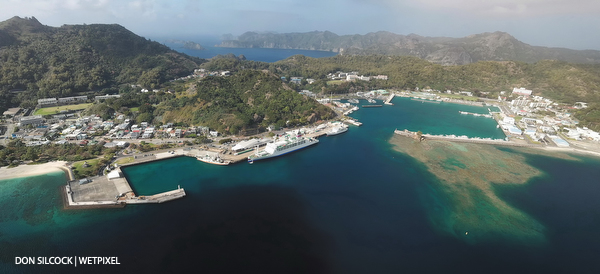
The diving is good, but not fantastic, and the whale encounters are somewhat hit and miss, but as an overall experience, it is terrific. Japan is one of my favorite countries and never ceases to amaze me with its incredible culture, history, and possibly the nicest, most polite people in the world! The cities in Japan are amazing, but they are a completely different experience to what the small towns and villages offer. And the Ogasawara Islands take that even further as there are simply no big hotels to stay in an insulate yourself from the locals.
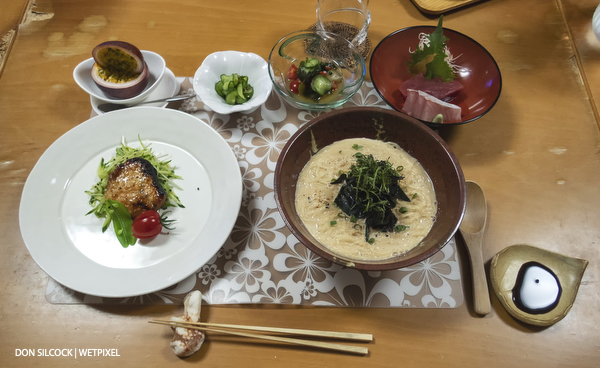
Instead, you stay in pensions and guest houses, which means you are right in the thick of how the locals live, eat, and socialize, which was probably the highlight of the overall experience!
Don Silcock
Don is an underwater photographer based from Bali in Indonesia and his website www.indopacificimages.com has extensive location guides, articles, and images on some of the world’s best diving locations and underwater experiences. You can read more about the Ogasawara Islands on Don’s website.